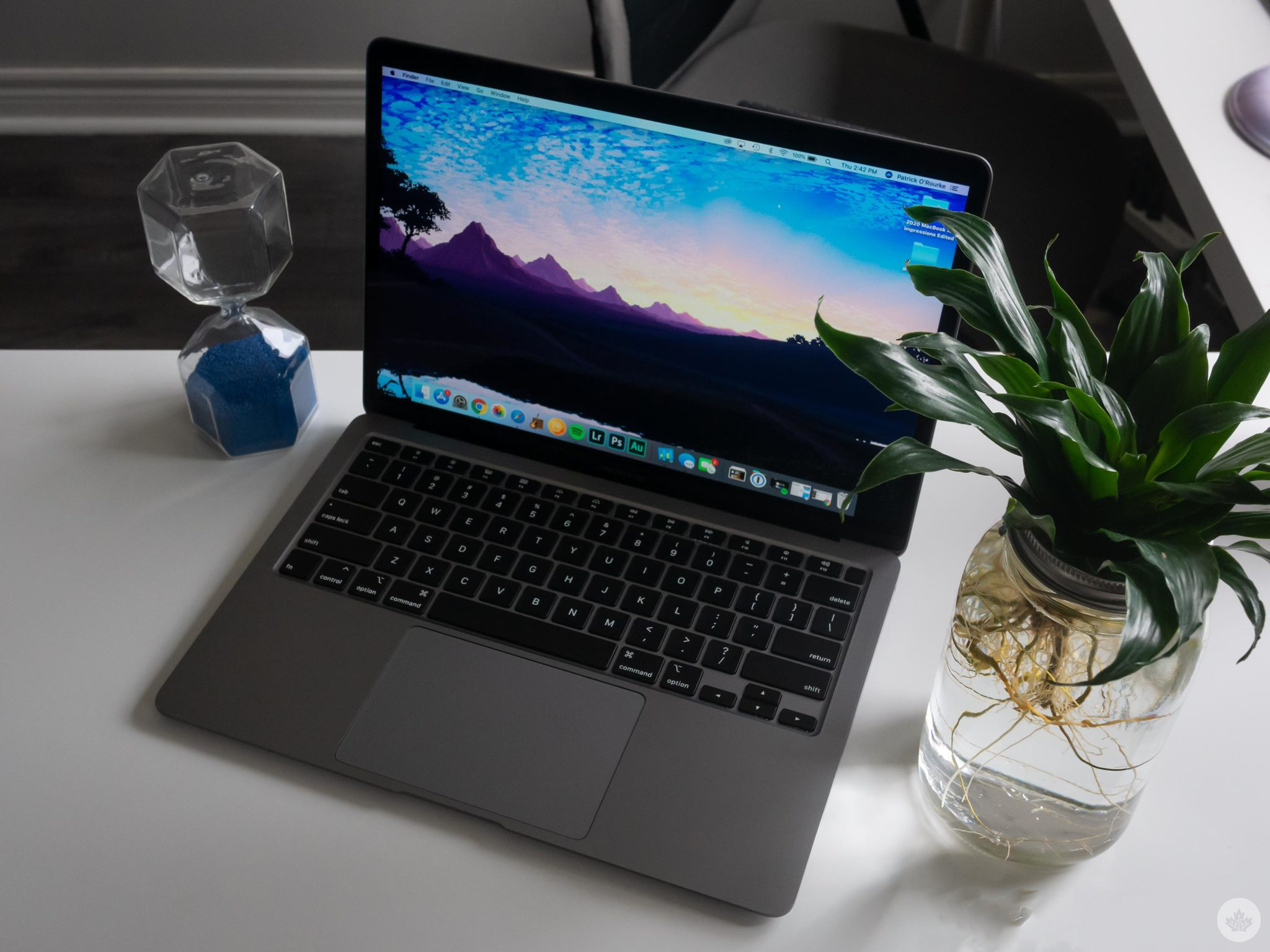
The M3 MacBook Air is here, giving Apple’s lightweight laptop a more capable GPU than you’d expect from such a tiny computer. It’s not perfect, but it’s a big step up for the lineup and, in theory, should make it more viable for creators.
That said, many people who want to buy a M3 MacBook Air might not need the extra power and could be better served by an older M-Series computer with more targeted upgrades.
There are a lot of MacBook Air models to choose from, so if you’re in the market, this resource breaks down several of the key pros and cons of each model and which versions I recommend.
Price breakdown
- M3 MacBook Air (13-inch) — $1,449 — $2,949
- M3 MacBook Air (15-inch) — $1,749 — $3,249
- M2 MacBook Air (13-inch) — $1,299 — $2,799
- M2 MacBook Air (15-inch refurbished) — $1,369 — $1,959
- M1 MacBook Air (13-inch refurbished) — $989 — $1,999
Why you’d want the 13-inch M3 MacBook Air
I’d guess that everyone would likely want the new M3 MacBook Air. It’s the latest and greatest notebook from Apple, and it features the best specs of any MacBook Air model. That said, it also carries the highest price tag, so its value proposition gets usurped by the M2 MacBook Air in many situations.
Therefore, if you’re looking to buy the base-model M3 Air, you’re likely better off buying the M2 with a storage upgrade since both laptops are great at regular web browsing, writing, media consumption, emails and other standard computing tasks.
If you plan to upgrade your specs, then the M3 is more your speed. The sweet spot is the 10-core GPU chipset with 16GB of RAM and at least 512GB of storage, although if you plan to do lots of creative work like photography, 3D modelling or anything video-related, you’ll benefit from moving up to 1TB. I know that external SSDs are cheaper, but at the end of the day, I’ve never heard anyone say that they have too much storage.
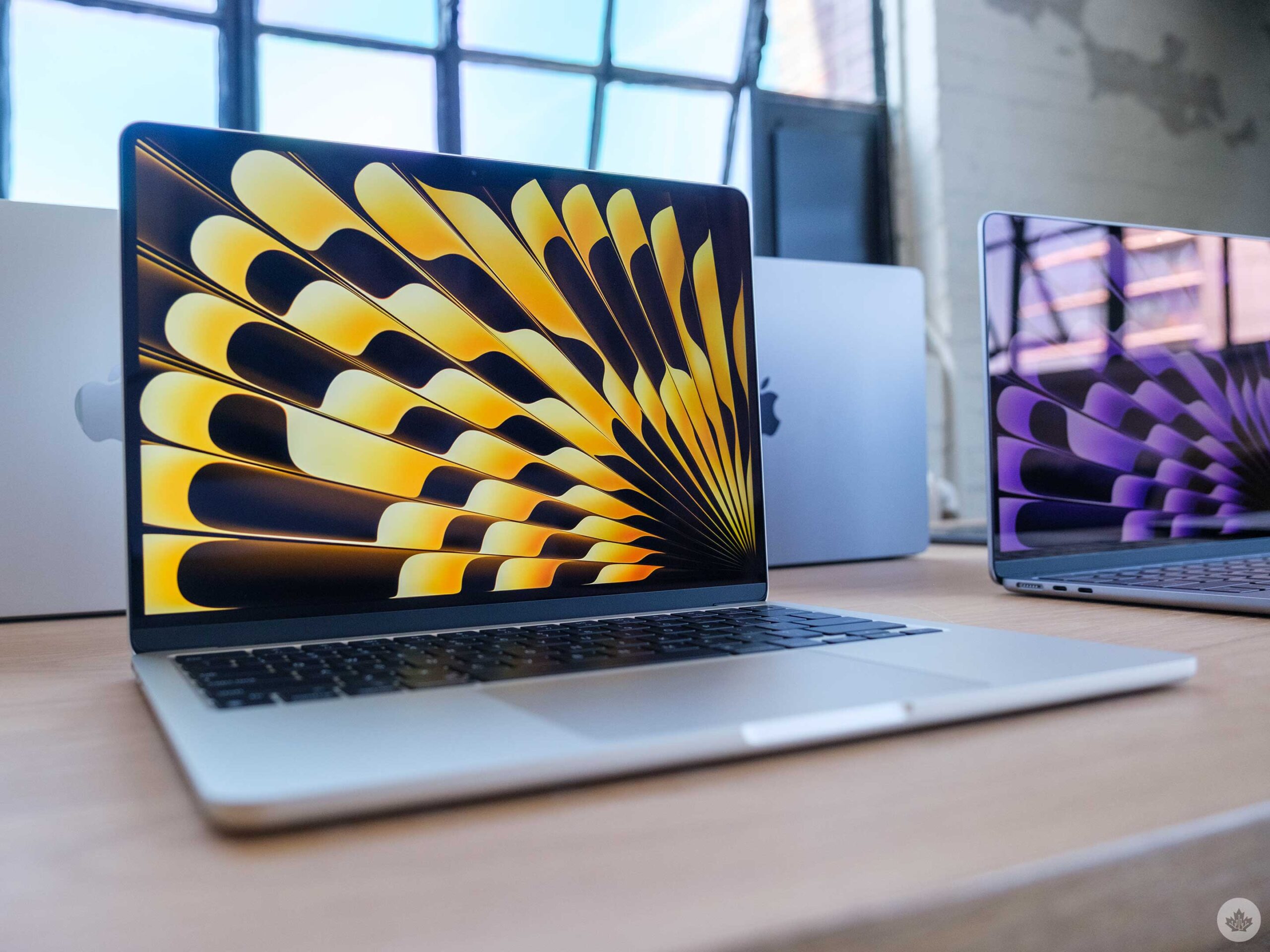
For context, the review unit M3 MacBook Air I’ve been testing features 512GB of storage, and the process of moving my iCloud account over and installing apps I need for work has filled more than 50GB of space. Add two games onto that, and three days into testing, I’m at 245GB of storage used already. Obviously, I could slim this down, and games don’t need to stay downloaded forever, but it just goes to show that modern apps and files can be larger than you’d expect, and 512GB fills up quickly.
If you really want to max out the MacBook Air with 24GB of RAM and 2TB of storage, the machine will perform marginally better, but at that point, you’re paying $2,949, and you’ll likely be better served by a MacBook Pro laptop with an M3 Pro chipset.
While the MacBook Air is a lot more powerful than it used to be, it still doesn’t feature fans inside, so any prolonged, high-intensity workloads will take a lot longer on the Air since it needs to lower its power output to stop generating as much heat. A MacBook Pro uses fans to keep the internals cool and power at maximum all the time.
What about the 15-inch M3 MacBook Air?
Unlike the 13-inch MacBook Air, getting your hands on an older model to save a few bucks will be much harder, so you’re likely buying one new. You can find M2 models on Apple’s Refurbished site, but they’re just not as common as the 13-inch version, making me think they’ll sell out fairly quickly.
The larger portable screen is the main reason you’d want the 15-inch Air. If you used an Air before and found it too small, then the 15-inch is for you. It’s really nice to have that much screen real estate, but it will be up to you to determine if the extra two inches of screen are worth more than a 13-inch with storage or chip upgrades.
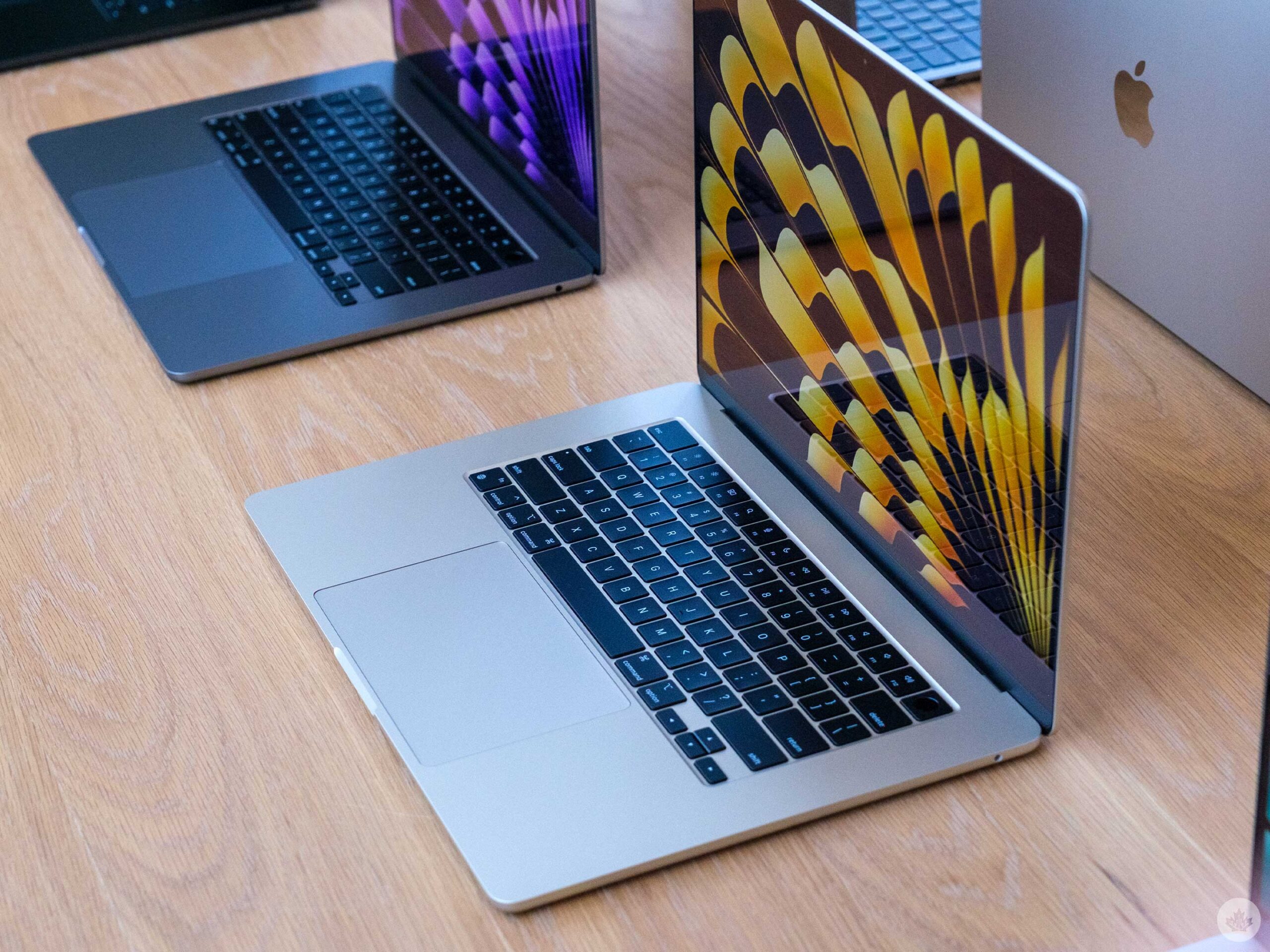
Like the 13-inch Macbook Air, most people can get away with the base model’s 15-inch specs, but if you can find some budget to upgrade the storage, that will be helpful in the long run. If you do more creative work like photography or video editing, a step up to 16GB of RAM can also be helpful.
That said, due to the higher price tag and weight of the 15-inch Air, creatives are likely better served by the similarly priced 14-inch MacBook Pro. You lose an inch of screen, but you gain more ports, an internal fan and a dedicated GPU.
Is the M2 MacBook Air the sweet spot?
While Apple might have knocked the iconic M1 Air out of its main store, the well-regarded M2 model is still available and starts at $1,299, saving you $150 compared to the M3 version.
Beyond the chip differences, which are menial for a vast majority of work, the M2 is only able to run a single external display and features Wi-Fi 6 compatibility compared to the M3’s Wi-Fi 6E, but these aren’t features I expect the average user to care about.
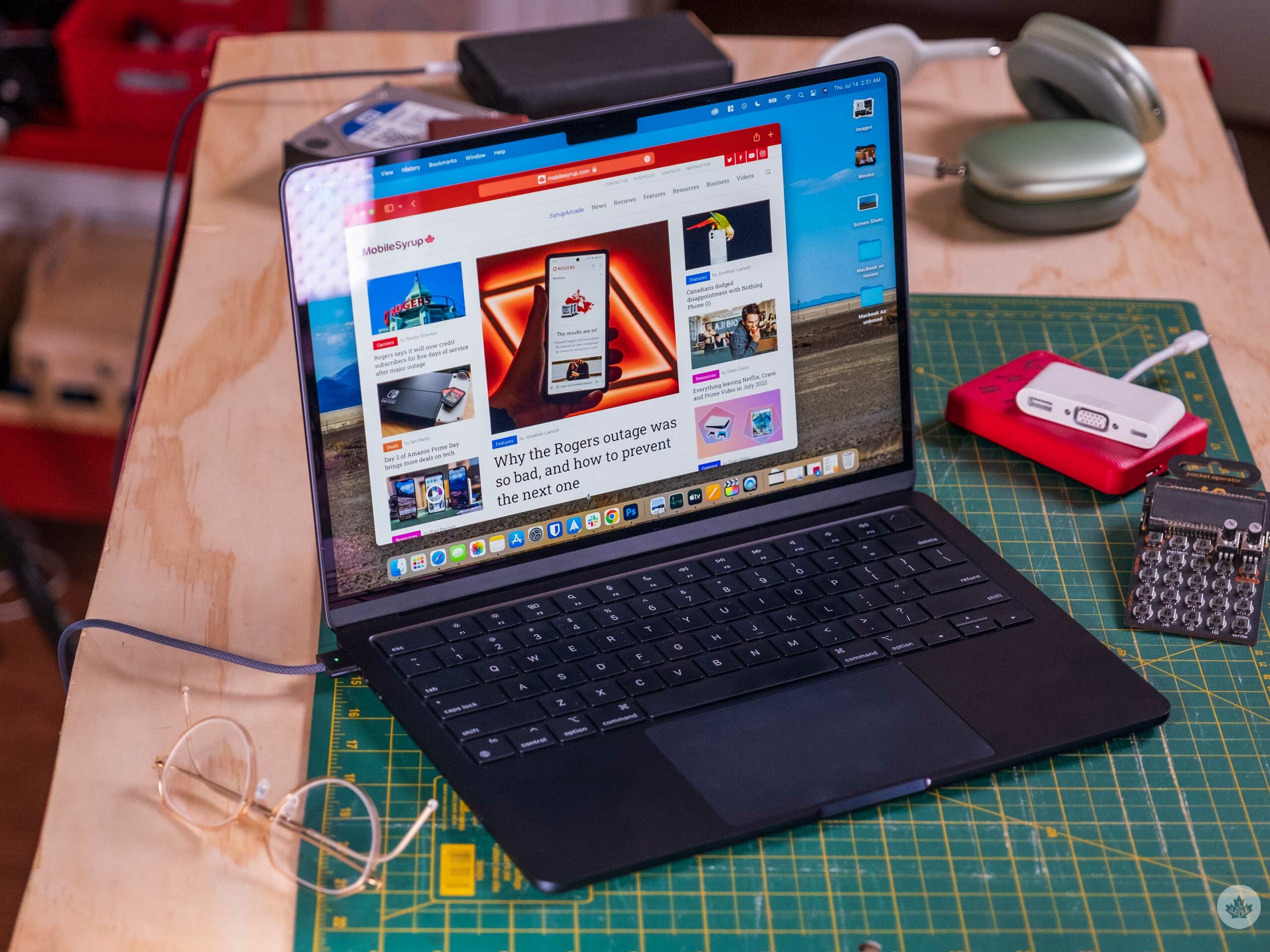
If you just need a basic computer and you want a MacBook, the M2 MacBook Air is likely your best bet.
We can’t forget about the M1 MacBook Air just yet
If you really want a good deal, you can still buy refurbished M1 MacBook Air models from Apple starting at $989, which is a great discount. However, it can be difficult to find a spec that you want.
You can still find various models, and the version with a 512GB SSD comes in at $1,209, which saves you a decent chunk of change.
The one major drawback of the M1 MacBook Air is that it only features two USB-C ports, while all the other models have two USB-C and a MagSafe port for charging. While all the M-series Air models offer great battery life, it’s worth pointing out that the M1 Air will likely need a dongle to charge and use accessories at the same time.
What’s the ultimate pick?
If I needed a laptop and were just starting my creative journey, I’d buy the M3 Air with 16GB of RAM and 512GB of storage. There’s just not a lot of limits with this computer. That’s not to say it runs everything flawlessly or even as fast as my M1 Pro MacBook Pro, but it can run everything I want, and it’s also small, light and overall, a fantastic laptop.
If you find yourself working on mostly office-related tasks with a bit of creative photo or video editing, then all three MacBook Air models will be powerful enough for you. To put that into context, my partner worked a whole year as a creator for a company with a base model M2 MacBook Air, and while she often wished she had more RAM when video editing, storage really became the main issue for her.
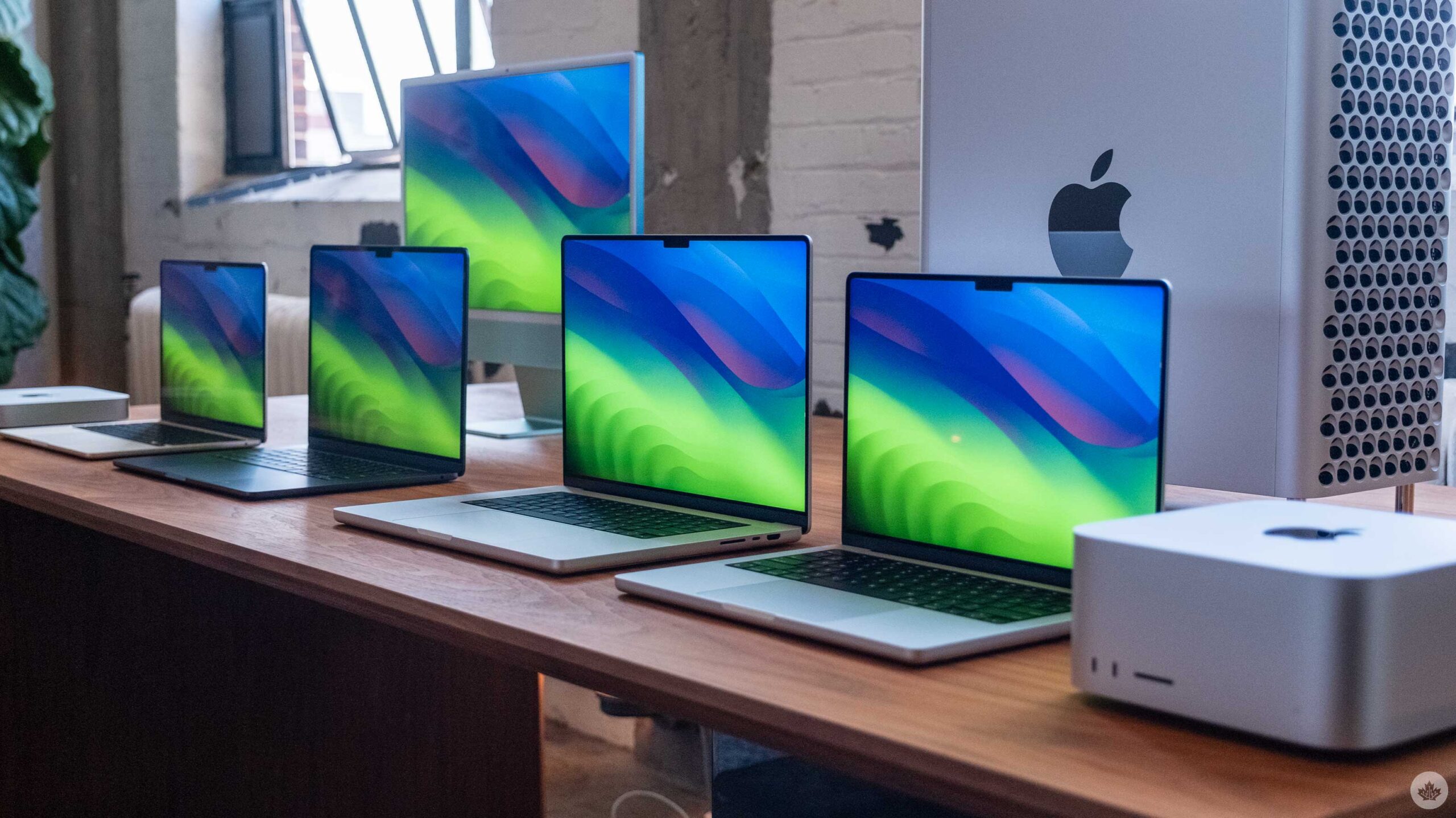
This really shows how powerful Apple’s older M-series MacBook Air laptops truly are and that when it comes down to it, what version is right for you ultimately comes down to how you plan to use it.
The final thing to note if you plan to live life with an Air is that you’re likely going to need a dongle at some point. While not overly expensive, if you want one that does HDMI, SD card, USB-C and USB-A it can get pricey, pushing the cost of your computer up another $50-$100. Again, not something everyone will need, but it’s worth pointing out as a hidden cost of the MacBook Air line in general.
MobileSyrup utilizes affiliate partnerships. These partnerships do not influence our editorial content, though we may earn a commission on purchases made via these links, helping fund the journalism provided free on our website.
MobileSyrup may earn a commission from purchases made via our links, which helps fund the journalism we provide free on our website. These links do not influence our editorial content. Support us here.

